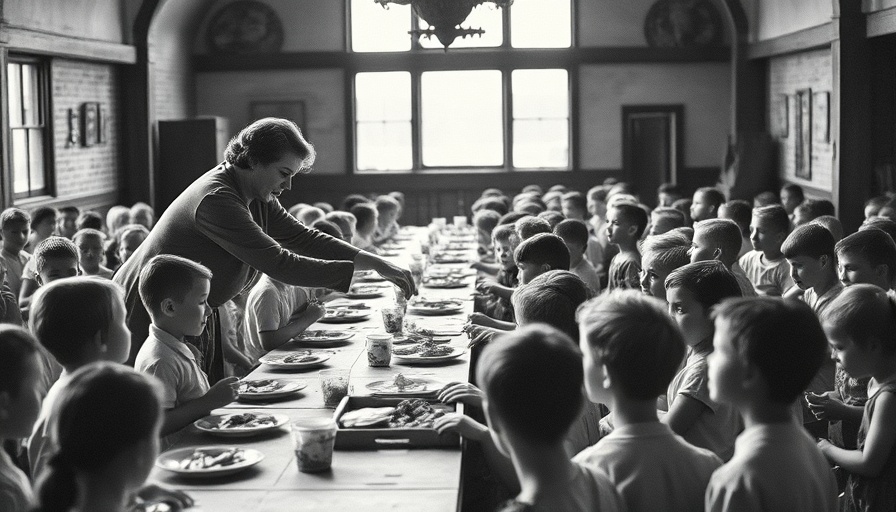
Reviving Revolutionary History: The Legacy of the Black Panthers
The Black Panther Party (BPP), often remembered primarily for their militant image with berets and rifles, was a beacon of social justice, education, and community support during the Civil Rights Movement. At the heart of their mission was a commitment to uplift underprivileged communities through extensive social programs. Preserving their full truth is vital for understanding the broader narrative of activism in America.
The Human Element: Stories Beyond the Iconic Imagery
Fredrika Newton, widow of Huey P. Newton, embodies the human element of this revolutionary movement. In conversations with artists like Roger Guenveur Smith, Fredrika illuminates the depth of her husband's vision and the party's multifaceted initiatives, such as the Free Breakfast for School Children Program, which served thousands of children in underserved neighborhoods. Such community programs demonstrate that the Panthers' goals extended far beyond mere armed resistance; they were designed to foster self-sufficiency and communal resilience.
Why Understanding This History Matters
The modern narrative surrounding the Black Panthers often simplifies their legacy into one of violence and rebellion, overshadowing their profound contributions to community solidarity. Recognizing the full scope of their work invites a reevaluation of what activism can look like today. By learning about the BPP’s early work in community organizing and education, current social movements can draw valuable lessons on creating effective grassroots initiatives.
A Glimpse into the Community Initiatives
Among their greatest achievements were the many innovative community programs that aimed to eradicate poverty and enhance education. For example, the BPP's free health clinics and legal aid services provided critical support to those often marginalized by systemic injustices. These programs not only tackled immediate needs but also aimed to build a strong foundation for future generations.
Counterarguments: Revisiting Misconceptions
While some critics might argue that the Black Panthers' approach was too confrontational, this perspective often neglects the widespread systemic oppression faced by African Americans at the time. By understanding the socio-political environment of the 1960s, we can better appreciate the context in which the BPP operated and their drive towards both self-defense and self-determination.
Bridging History with Modern Activism
As conversations about race and justice continue in contemporary society, drawing parallels to the Black Panther Party's methods can be transformative for modern activists. Today’s advocacy efforts can benefit significantly from the lessons learned in community organizing, cooperative economics, and educational programming pioneered by the Panthers—essential elements that can enhance current dialogues around equity and justice.
As we reflect on the impact of the Black Panthers, it's crucial to embrace their full legacy—not just the associated imagery—which demands a nuanced understanding of community efforts that came with profound ideals and aspirations for social change.
 Add Row
Add Row  Add
Add 




 Add Row
Add Row  Add
Add 

Write A Comment